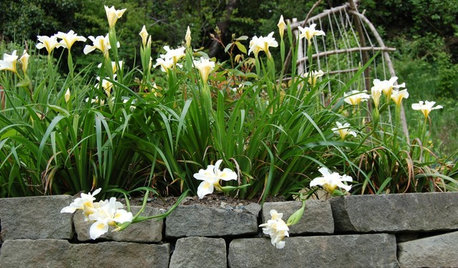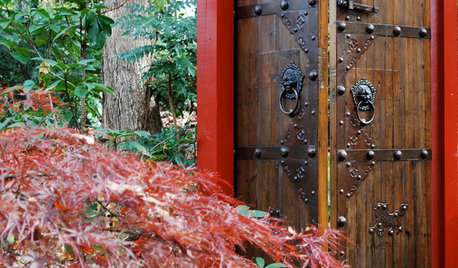Western Azalea in Connecticut - Variety identification
wysecj
15 years ago
Related Stories

GARDENING GUIDESTop 10 Native Plants for the Pacific Northwest
More than just gorgeous and adaptable, these standout plants convey a sense of place
Full Story
GROUND COVERSNative Alternatives to English Ivy, Japanese Pachysandra and Periwinkle
These shade-loving ground covers are good for the environment and say something about where you are
Full Story
GARDENING GUIDES6 Steps to Creating Your Butterfly Garden
Encourage these fanciful winged beauties to visit your garden while helping restore their fragmented habitat
Full Story
LANDSCAPE DESIGNCalifornia Says Goodbye to the Sprawling Ornamental Lawn
New state rules will effectively limit turfgrass to 25 percent of the landscape in most new and renovated yards
Full Story
ARCHITECTUREHave Your Flat Roof and Your Snow Too
Laboring under the delusion that flat roofs are leaky, expensive and a pain to maintain? Find out the truth here
Full Story
PHOTO FLIP77 Gorgeous Garden Gates
Enjoy these enticing entryways and the magical gardens beyond their doors
Full Story





jeff_al
rhodyman
Related Professionals
Erie Landscape Architects & Landscape Designers · Suffern Landscape Architects & Landscape Designers · Wheeling Landscape Architects & Landscape Designers · Woburn Landscape Contractors · Arlington Landscape Contractors · Berkeley Heights Landscape Contractors · Damascus Landscape Contractors · Davidson Landscape Contractors · East Hanover Landscape Contractors · New Cassel Landscape Contractors · North Lauderdale Landscape Contractors · Vacaville Landscape Contractors · Westchester Landscape Contractors · Merrifield Landscape Contractors · Raytown Landscape ContractorswysecjOriginal Author
irspoiledg
jhjohn
wysecjOriginal Author
jennifermapco
kristincarol
rhodyman